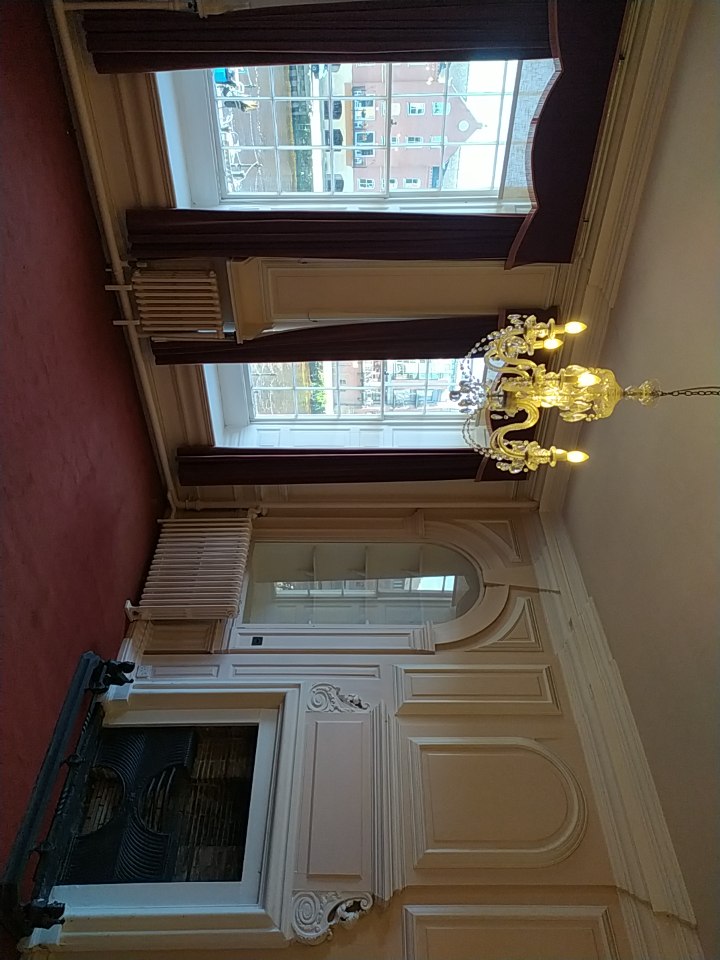Cumberland House, York on:
[Wikipedia]
[Google]
[Amazon]
Cumberland House is a  The house is built of brick, although the basement and some features are of magnesian limestone. It is of two main storeys, with an attic and basement, and has five bays facing King's Staith. Inside, the two main reception rooms and staircase preserve their original features, and there are original fireplaces upstairs, but the service wing of the house, to the east, was remodelled in the 20th-century. The house was restored from 1950 onwards.
The house is built of brick, although the basement and some features are of magnesian limestone. It is of two main storeys, with an attic and basement, and has five bays facing King's Staith. Inside, the two main reception rooms and staircase preserve their original features, and there are original fireplaces upstairs, but the service wing of the house, to the east, was remodelled in the 20th-century. The house was restored from 1950 onwards.
Grade I listed building
In the United Kingdom, a listed building is a structure of particular architectural or historic interest deserving of special protection. Such buildings are placed on one of the four statutory lists maintained by Historic England in England, Hi ...
in the city centre of York
York is a cathedral city in North Yorkshire, England, with Roman Britain, Roman origins, sited at the confluence of the rivers River Ouse, Yorkshire, Ouse and River Foss, Foss. It has many historic buildings and other structures, such as a Yor ...
, in England.
The house lies on King's Staith
King's Staith is a street in the city centre of York, in England.
History
The street was constructed in 1366 as the main quay for the city, replacing various small timber wharves. Its name has been connected to royals visiting the city in th ...
, overlooking the River Ouse. While the basement is accessed from King's Staith, because the street frequently floods, the house's main entrance is on Cumberland Street. It was built in about 1710 by William Cornwell, an industrialist who subsequently became Lord Mayor of York
The Lord Mayor of York is the chairman of City of York Council, first citizen and civic head of York. The appointment is made by the council each year in May, at the same time appointing a sheriff, the city's other civic head. York's lord mayor ...
. The house itself acquired its name in the 1740s, with the Prince William, Duke of Cumberland
Prince William Augustus, Duke of Cumberland (15 April 1721 Old_Style_and_New_Style_dates.html" ;"title="/nowiki>Old Style and New Style dates">N.S./nowiki> – 31 October 1765) was the third and youngest son of Great Britain and Kingdom of Ire ...
, supposedly having stayed there on 23 July 1746, following his victory at the Battle of Culloden
The Battle of Culloden took place on 16 April 1746, near Inverness in the Scottish Highlands. A Jacobite army under Charles Edward Stuart was decisively defeated by a British government force commanded by the Duke of Cumberland, thereby endi ...
.
The house formed the water front end of the entrance to a medieval street known as Middle The Water Lanes, York, Water Lane, until that street was demolished in a slum clearance program in the mid 19th century. The street was rebuilt and renamed as Cumberland Street in the late 19th century.
 The house is built of brick, although the basement and some features are of magnesian limestone. It is of two main storeys, with an attic and basement, and has five bays facing King's Staith. Inside, the two main reception rooms and staircase preserve their original features, and there are original fireplaces upstairs, but the service wing of the house, to the east, was remodelled in the 20th-century. The house was restored from 1950 onwards.
The house is built of brick, although the basement and some features are of magnesian limestone. It is of two main storeys, with an attic and basement, and has five bays facing King's Staith. Inside, the two main reception rooms and staircase preserve their original features, and there are original fireplaces upstairs, but the service wing of the house, to the east, was remodelled in the 20th-century. The house was restored from 1950 onwards.
References